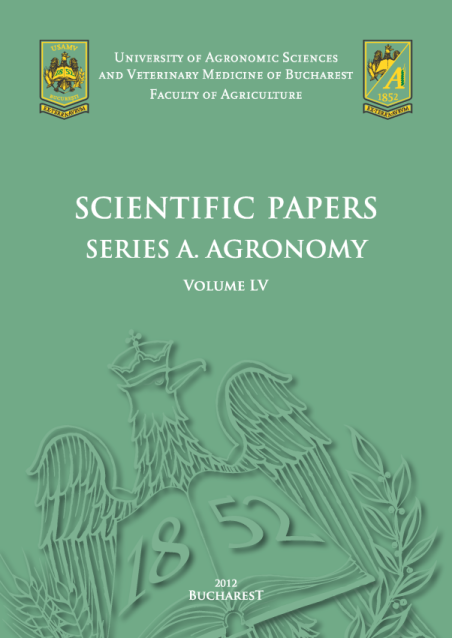Published in Scientific Papers. Series A. Agonomy., Vol. LVI
Written by Kate Antonia LIVESEY, Lancelot BUTTERS
This paper critically examines the effects mechanised operations, in particular the replacement of the horse with theintroduction of the tractor, had on the socio economic position of the rural population of West Lancashire. This studyinvestigates how the history of West Lancashire made a significant contribution to understanding the transition fromhorse to tractor, in the post Second World War period; a period of time where the experiences of farming with bothhorses and tractors were common place. This academic piece of work draws on the personal experiences of farmers inconjunction with documented evidence, and critically examines the effects on both rural life and the farmingindustry. The data processed included the relationship of new tractor sales in comparison with the decline in workinghorses; an increase of 350,000 from 100,000 to 400,000 tractors nationwide in the 17 years following the war, duringthe same period the number of working horses declined to virtually zero; productivity increased and at the same timelabour requirement on farms declined and it was during this period that the population nearly doubled.Lancashire, situated in the North West of England, lends itself to a wide diversification in crops and land use with largeurban populations to the south and east of the county providing a clear market for produce. The most productive land,located in the West Lancashire plain, comprises of light easily cultivated peat mosses, light alluvial and sandy soils(Grade 1 listed soil) which are ideal for intensive arable cropping. Fifteen per cent of the UK soil is categorised asgrade 1; ninety four per cent of this fifteen per cent is located in North West Lancashire.This report critically reviews the increase in tractor numbers and their role in the regions agriculture in comparison tothe decline of manual labour, the decline in the use of horses and trends in farm size.
[Read full article] [Citation]

 horses
horses



